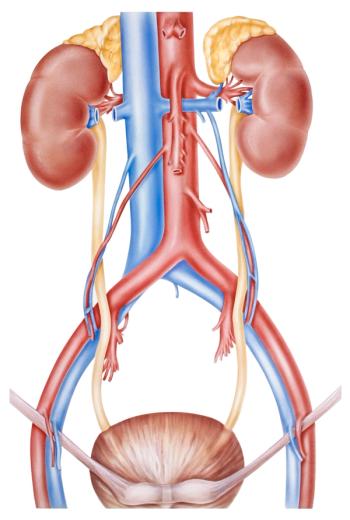
Are Prostate and Other Cancer Risks Overestimated?
Too many people are being screened, diagnosed, and treated for certain types of cancer, according to two cancer researchers.
Too many people are being screened, diagnosed, and treated for cancer, according to two cancer researchers who have published a
Most patients are at a below-average risk for cancer and are likely to have less-than-average benefits from treatment if diagnosed, argued David M. Kent, MD, a professor of medicine and director of the Predictive Analytics and Comparative Effectiveness (PACE) Center at Tufts University, and Andrew Vickers, PhD, an attending research methodologist at Memorial Sloan Kettering Cancer Center in New York.
Kent and Vickers used prostate cancer as a “perfect example” of this phenomenon, stating that prostate cancer screening programs lead to overdiagnosis and these programs assume all men have average risk of developing prostate cancer when, in fact, risk varies with prostate-specific antigen (PSA) levels. At age 60, men in the highest PSA level quartile have a 20 times greater risk of death from prostate cancer compared with those with lower PSA levels. Ninety percent of deaths by the age of 85 occur in this highest quartile group.
In a recent population-based cohort study, the authors showed that screening only this high-risk group reduced screening harms and overdiagnosis but retained 100% of the mortality reduction benefit of screening.
“Many researchers in predictive modeling have, for many years, taken for granted the idea that risk distributions are skewed to the right,” Vickers told Cancer Network. “David Kent and I decided to write [this commentary] because we realized that this fact was not widely recognized outside this group of researchers. Most patients are at below-average risk!”
Another example is lung cancer: The lifetime risk of a lung cancer diagnosis for an American is about 7.5%, but the risk can be better stratified into a 15% to 20% risk for smokers and a 1% risk for nonsmokers. Most of the population in the United States, about 60% to 70%, have never smoked and, therefore, have a below-average risk for lung cancer.
“There is extensive literature on overdiagnosis in cancer and other diseases,” said Vickers, who is currently working on new ways to risk-stratify men to reduce overdiagnosis of prostate cancer in the context of PSA testing and screening.
“The apparently paradoxical finding that most patients are at below-average risk and expect to have less-than-average benefit from treatment is a common and underappreciated phenomenon in medicine with important clinical implications,” concluded the authors. “A better understanding of this effect, and a better use of risk prediction in both research and clinical practice, will be essential to ensure that we focus our attention on patients who stand the most to gain.”
Newsletter
Stay up to date on recent advances in the multidisciplinary approach to cancer.





